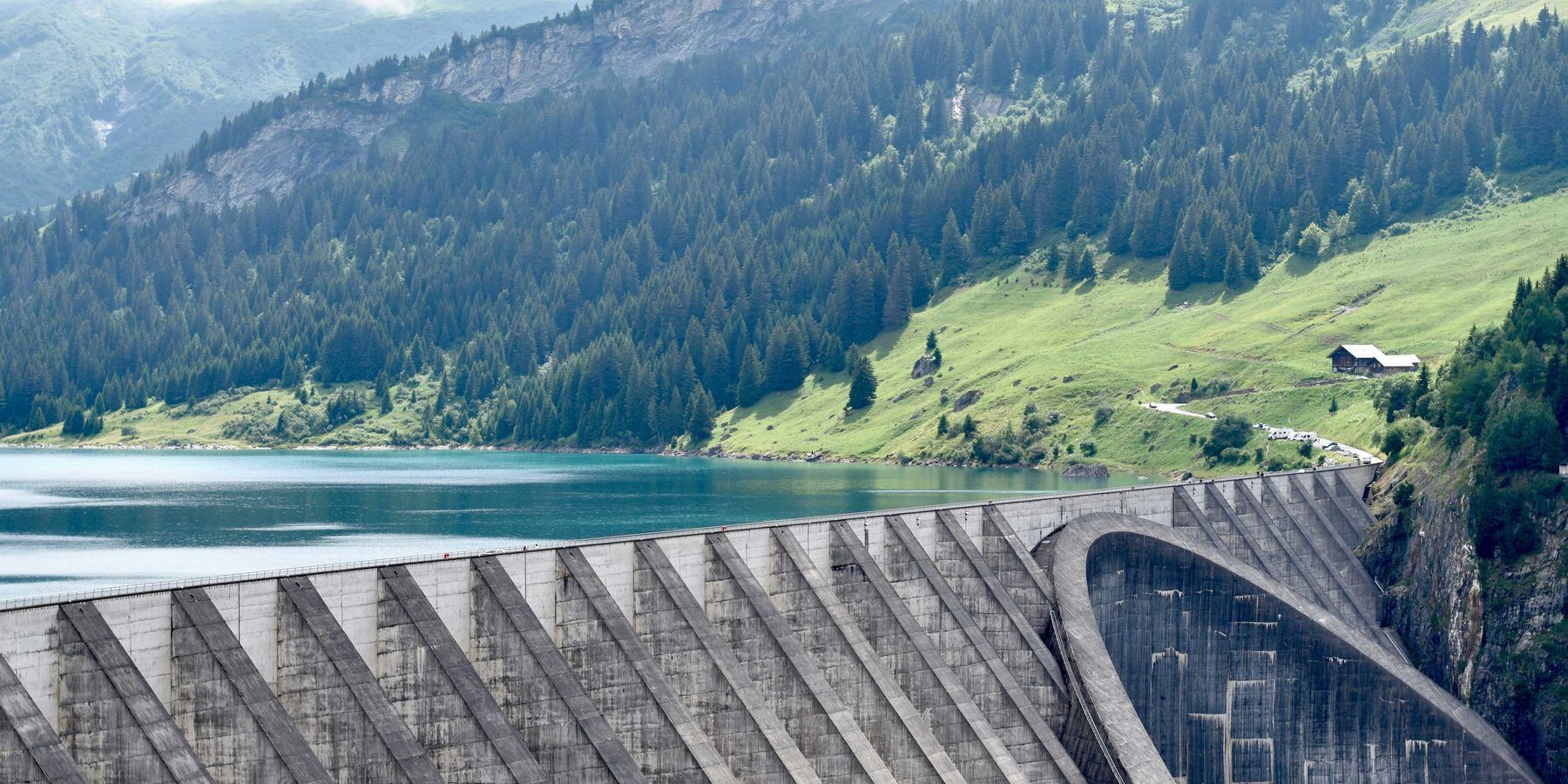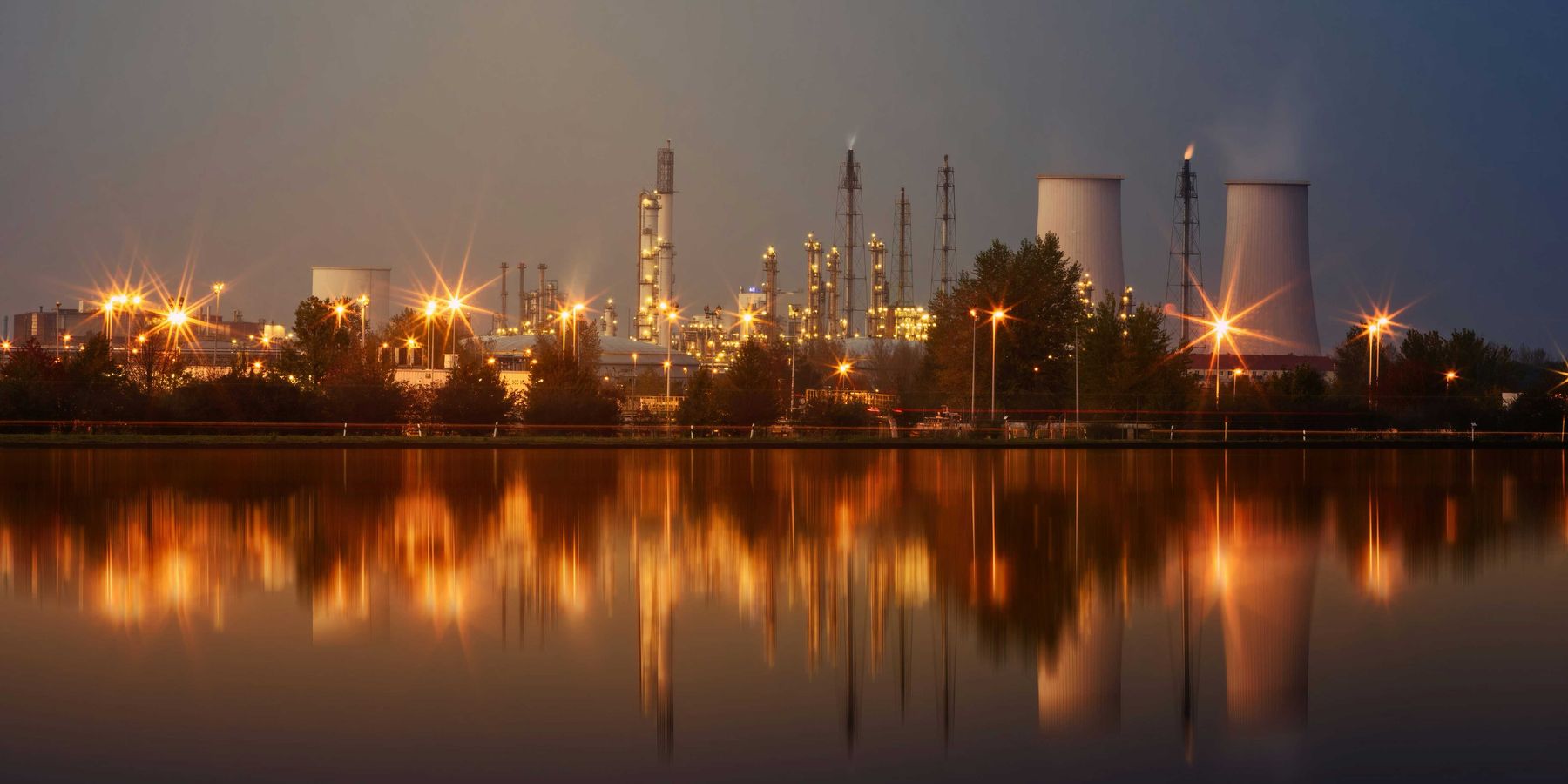Volunteers scramble to rescue federal environmental data as Trump administration pulls it offline
The Trump administration has removed digital tools that made climate, environmental, and health data accessible to the public, prompting a surge of volunteer efforts to archive and restore key information.
Austyn Gaffney reports for The New York Times.
In short:
- Federal websites have removed access to digital tools used to interpret data on climate, public health, and environmental justice, though much of the raw data technically remains.
- Volunteers have recovered more than 100 data sets and are racing to archive hundreds more, working to recreate key tools like EJScreen and CEJST, which were taken offline in early 2025.
- The Environmental Protection Agency has closed its environmental justice offices and canceled related grants, impacting nonprofits and communities relying on federal data for funding and advocacy.
Key quote:
“We should not be in this position where the Trump administration can literally take down every government website if it wants to.”
— Gretchen Gehrke, environmental scientist and co-founder of the Environmental Data and Governance Initiative
Why this matters:
When federal tools for tracking pollution and environmental vulnerability quietly vanish from public access, the consequences stretch far beyond the bureaucratic. These systems — often complex maps, data dashboards, or equity screening tools — offer crucial transparency about where climate change and environmental hazards strike hardest. Historically marginalized communities, particularly low-income areas and neighborhoods of color, are disproportionately impacted by extreme heat, toxic emissions, and flooding. Losing the ability to quantify and visualize those harms can delay critical interventions.
For researchers and nonprofit organizations, these tools often serve as the backbone of grant applications, environmental justice reports, and health impact studies. When they're removed or obscured, it doesn't just hamper academic work — it disrupts community-led efforts to demand cleaner air, safer water, and more resilient infrastructure. In the absence of clear data, the narrative about who suffers most, and why, becomes harder to tell just when climate stressors are growing more intense and unevenly distributed.
Read more: Researchers fight to save environmental data erased by Trump's administration













